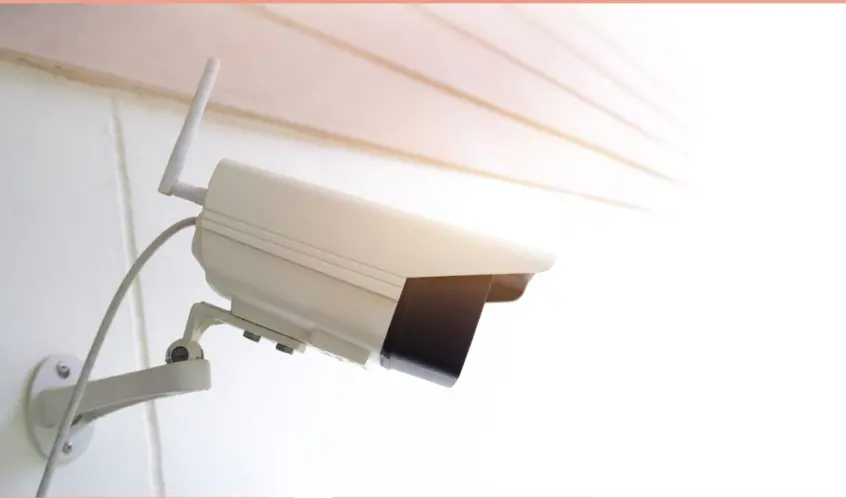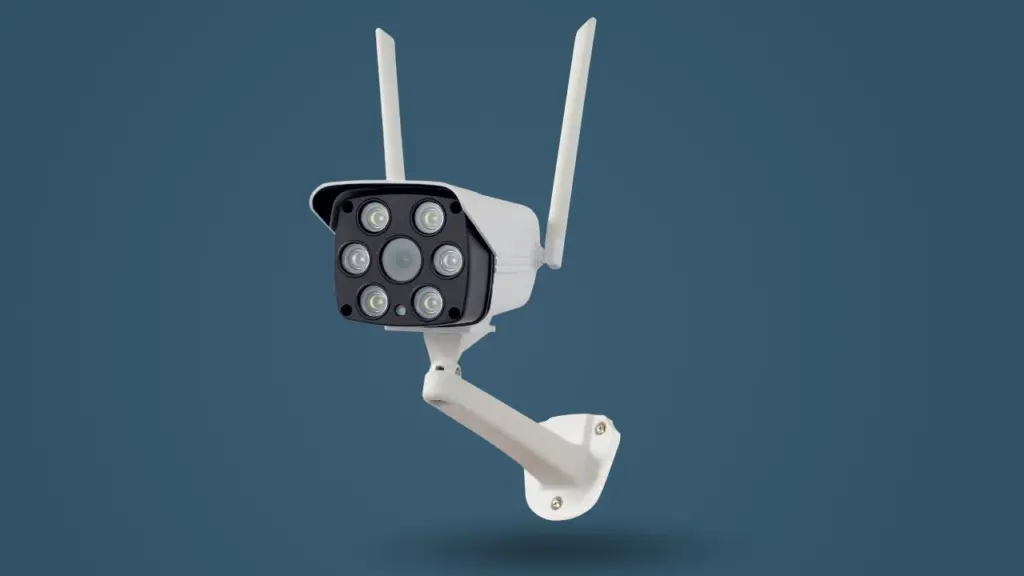
The Challenges With Wireless CCTV Security Cameras
Overcoming Challenges in Wireless CCTV Camera Implementation. In recent years, the utilization of wireless Closed-Circuit Television (CCTV) cameras has surged, revolutionizing surveillance systems across various sectors. However, this technology is not without its hurdles. From connectivity issues to security concerns, the deployment of wireless CCTV cameras presents challenges that demand innovative solutions. Let’s delve into some of these challenges and explore how they can be addressed:
Connectivity and Signal Interference
One of the primary challenges faced with wireless CCTV cameras is ensuring a stable and uninterrupted connection. Signal interference from electronic devices, physical obstructions, and distance limitations can hinder the camera’s performance.
Solution: Employing advanced signal boosting techniques, such as mesh networking or Power over Ethernet (PoE) extenders, can enhance connectivity and mitigate signal interference. Additionally, strategically positioning wireless access points can optimize signal strength throughout the surveillance area.

Overcoming Challenges in Wireless CCTV Camera Implementation: Bandwidth Constraints
Streaming high-definition video from multiple wireless CCTV cameras can strain network bandwidth, leading to latency issues and degraded video quality. Bandwidth constraints become more pronounced in densely populated areas or locations with limited internet infrastructure.
Solution: Implementing video compression algorithms, such as H.265 (HEVC) or H.264, can reduce the bandwidth requirements without compromising image quality. Furthermore, utilizing Quality of Service (QoS) protocols prioritizes video traffic over other data, ensuring smooth transmission in bandwidth-constrained environments.
Security Vulnerabilities
Overcoming Challenges in Wireless CCTV Camera Implementation. Wireless CCTV cameras are susceptible to cybersecurity threats, including unauthorized access, data interception, and tampering. Weak encryption protocols, outdated firmware, and inadequate authentication mechanisms can expose surveillance systems to exploitation by malicious actors.
Solution: Employing robust encryption standards like WPA2 or WPA3 for wireless communication helps safeguard against unauthorized access. Regular firmware updates and security patches are essential to address vulnerabilities and fortify camera defenses against evolving threats. Additionally, implementing multi-factor authentication and encryption for stored footage enhances data protection and integrity.
Power Supply Limitations
Wireless CCTV cameras rely on power sources, such as batteries or solar panels, which may pose challenges in remote or inaccessible locations. Ensuring continuous power supply is crucial for uninterrupted surveillance operations.
Solution: Integrating energy-efficient components and utilizing low-power standby modes can extend the camera’s battery life. Incorporating renewable energy sources like solar panels or wind turbines provides sustainable power solutions for off-grid installations. Moreover, deploying battery backup systems or redundant power sources safeguards against power outages and ensures continuous camera functionality.
Environmental Factors
Outdoor wireless CCTV cameras are exposed to harsh environmental conditions, including extreme temperatures, moisture, and physical damage, which can compromise their durability and performance over time.
Solution: Investing in weatherproof and vandal-resistant camera enclosures protects against environmental hazards and physical tampering. Conducting regular maintenance, such as cleaning lenses and inspecting seals, preserves camera functionality and prolongs lifespan in challenging outdoor environments.
Conclusion
Despite the challenges encountered with wireless CCTV cameras, innovative technologies and best practices enable effective mitigation strategies. By addressing connectivity issues, enhancing cybersecurity measures, optimizing power efficiency, and considering environmental factors, organizations can maximize the reliability and efficacy of their surveillance systems. Embracing these solutions empowers stakeholders to leverage wireless CCTV cameras as robust tools for enhancing safety, security, and situational awareness in diverse applications.